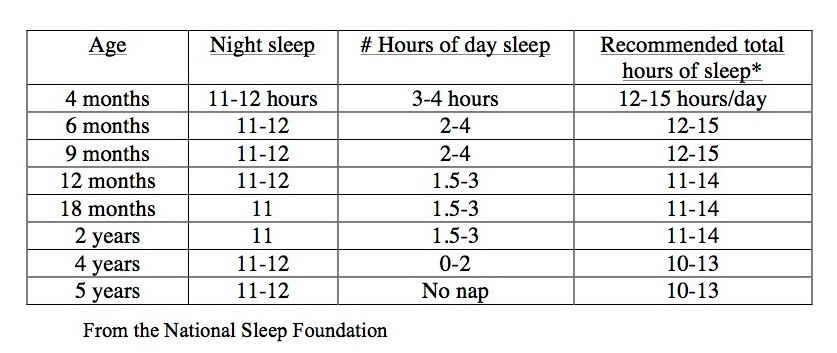My Baby Is Sick And Now His Sleep Is Falling Apart...
I often get calls from parents who have fallen into a major regression from a small cold their child had months ago. Unfortunately, our kids will get sick many more times than we’d like and many times, depending on how sick they are, schedules, routines, and even sleep will fall apart. However, it doesn’t always have to be that case!
What to do when your child is sick
Even when your child is sick, it is suggested to put your child down awake at bedtime. Chances are, even though he is feeling sick, he will still be able to go down into the crib awake and put himself to sleep. Being able to fall asleep on his own makes his job of moving through sleep cycles in the middle of the night much easier.
If your child wakes up in the middle of the night (more then just moaning and fussing and then falling back to sleep relatively quickly) when he is sick, always respond because this is the only way you will know if there is something that needs more intervention. Maybe he has a fever or has thrown up. I always recommend doing a parenting check when children who, otherwise sleep well, suddenly wake in the middle of the night.
If you have to do something to help your child be more comfortable in the middle of the night, you can! Sometimes with a coughing spell they need to be held upright, or with a fever, he may need Tylenol. As your child starts to feel a bit better, try putting him back in his bed so he can put himself back to sleep. In many cases, when children are good sleepers and are most comfortable in their own bed, they actually want to go back to bed after a wake up due to illness.
If your child is so sick that you feel like you can’t leave him on his own, I always recommend staying in your child’s room with him rather then bringing him to your bed. While putting your child in your bed to sleep may not cause a problem if it happens once or twice, as he gets older, this can become a habit that is harder to break once he is feeling better. I always say, it’s easier to remove yourself from his room, but not the other way around.
If whatever illness your child has come down with is so miserable that any form of independent sleep throughout the illness is out of the question and you need to provide far more assistance with sleep then you normally would, then you will have a bit of work to dig yourself back out of the “illness hole” that you may have fallen into once your child recovers. I find that the farther you fall, so to speak, the harder it is to get back on track. For example, if your child was previously sleeping entirely independently before the illness and now has become accustomed to being held to sleep at bedtime and needs help going back to sleep overnight, you will have a harder climb to get on track. Once you are feeling confident that your child is feeling better, you will want to work on getting things back on track as quickly as possible!!! This may mean you need to return to whatever sleep training methods you used if you previously sleep trained your child. While you will likely be met with some resistance initially, when your child remembers that you will respond consistently, things will start to improve and you will have your champion sleeper back.
Have you found yourself in a “sickness regression”? Has it been weeks or months since your child is feeling better, yet sleep still isn’t restored? Call me and let’s talk!




















